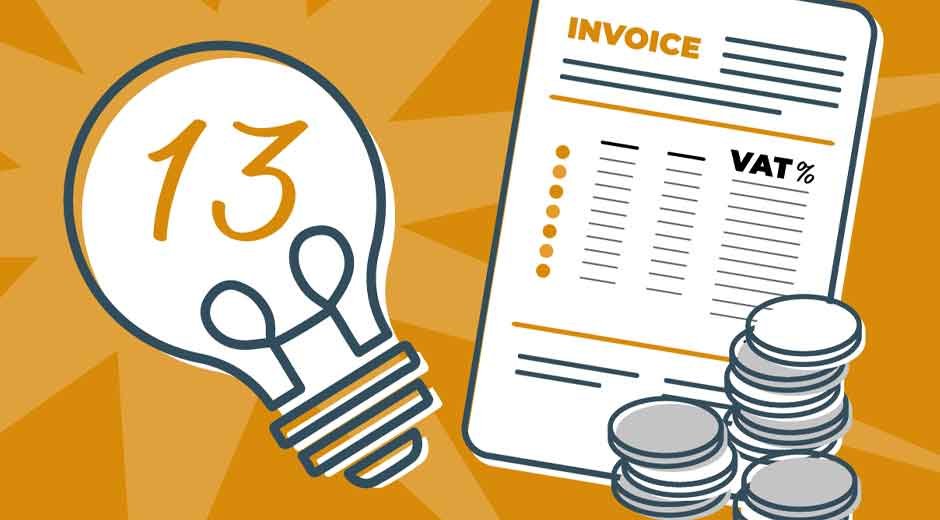Physical Therapist Career: My Story

Have you ever wondered what it takes to become a physical therapist? As someone who has been working in this field for over 25 years, I’m excited to provide some guidance to those interested in entering this rewarding profession.
What is a physical therapist?
Physical therapists (PTs) are movement experts who help people maximize their quality of life. We evaluate and treat disorders related to mobility, muscle strength, joint range of motion, balance, and pain. Our goal is to restore function and independence in people’s daily activities.
PTs work in a variety of settings, like hospitals, outpatient clinics, schools, home health, and more. We get to interact one-on-one with patients of all ages and backgrounds. It’s an incredibly fulfilling career path.

Educational Requirements
To become a licensed PT, one must have 7-8 years of higher education. This includes:
- 4 years to complete a bachelor’s degree
- 3 years for a doctorate in physical therapy (DPT)
Prerequisites for DPT programs typically include courses in biology, chemistry, physics, anatomy, physiology, and psychology. Maintaining a high GPA and getting strong letters of recommendation are also important.
Many schools require observation hours under a licensed PT as well. This allows students to confirm their interest and demonstrate their commitment to the field.
Licensure and Certification
After graduating from an accredited DPT program, aspiring PTs must pass the National Physical Therapy Exam (NPTE). Scoring high enough earns you the right to apply for state licensure.
Therapists can pursue board certification in various specialties like orthopedics, neurology, pediatrics, sports, and more. This requires additional clinical experience and exams, but can open up career opportunities.
Personality Traits for Success
More than just academic chops, there are certain innate qualities that make for an excellent PT:
Communication skills: PTs must educate patients and explain complicated issues in simple terms.
Empathy: Connecting with people from diverse backgrounds is crucial. PTs must understand each patient’s unique situation and limitations.
Problem-solving: Evaluating complex medical cases and co-morbidities to create customized treatment plans is paramount.
Adaptability: Patients present with varying needs and capacities for exercise. PTs must tailor programs accordingly.
Motivational spirit: inspiring people to take an active role in their recovery process is central to rehabilitation.
Rewarding Aspects of the Job
While the road is long, a career in physical therapy offers immense fulfillment. Here’s what makes it so worthwhile:
Patient impact: Improving mobility and seeing patients return to their life passions is extremely gratifying. We help people get back to golfing, exercising, playing with grandkids, and more.
Career flexibility: PTs can work in hospitals, private clinics, schools, home health, and beyond. We can further specialize in areas matching our interests.
Intellectual stimulation: continuously learning new techniques and unraveling complex neurological and biomechanical dysfunctions keeps the career engaging.
Income potential: US PTs earn a median salary of $91,000 per year, with experienced clinicians earning over $120,000.
Job security: With our large, aging population and growing healthcare demands, the Bureau of Labor Statistics predicts a 21% increase in PT jobs over the next decade.
My Story
As a kid growing up in Oklahoma City, Oklahoma, in the early 1980’s, I became very interested in weight training. This was common in the days of Arnold Schwarzenegger and bodybuilding. So I joined the local International Health Spa and began my physical transformation. I started out as a scrawny 130-pound, 16-year-old kid, and within a few years, I developed a respectable physique, weighing in at 185 lbs and being able to bench press over 300 lbs and squat nearly 500 lbs. My experience in those years sparked a keen interest in the human body.
Additionally, as a kid, I had a couple of experiences with spinal pain. Once while lying on a couch for a considerable amount of time, probably watching The Brady Bunch, Gilligan’s Island, Threes Company, or Happy Days, or all of them back to back. I made a sudden move, developed severe pain in my neck, and was stuck in a position of right-side bending. What I know now is a torticollis deformity. This disability lasted a few weeks and self-resolved without any medical care. A few years later, while lifting a heavy barbell off a rack at a gym, I had a sharp pain in my lower back, which forced me to immediately lie down. I was unable to walk, stand, bend, or lift; even riding in a car was pure misery. I had to lie down often and take a lot of Doan’s backache pills for several weeks.
While in college and trying to decide what I wanted to do with my life,. I learned about a profession that utilized exercise and other physical methods such as massage, mobilization, and manipulation to treat painful spinal conditions and many other movement disorders. The academic journey fed my hunger for knowledge of human anatomy, physiology, movement, diseases, and disorders. I completed my undergraduate training and was licensed to practice PT in Oklahoma in 1994.
Once in practice, I realized the knowledge I had gained in school was just an introduction and that to excel at my profession, I needed additional knowledge and advanced skills in my area of interest. Barbara Stevens, PT, GDMT, FAAOMPT, who at the time was in Oklahoma City and teaching a series of yearlong courses in orthopedic manual therapy, was kind enough to mentor and train me in Australian orthopedic manual therapy. Barbara was an excellent clinician and instructor and introduced me to many wonderful techniques and schools of thought within the PT profession. One school of thought I was introduced to was Mechanical Diagnosis and Therapy (MDT).
MDT became a center piece of my daily practice as a result of a severe wrist sprain I suffered while wrestling a childhood friend who had had too much to drink. The injury made it impossible for me to perform the manual therapy techniques I had learned. So while recovering, I decided to use MDT exclusively. MDT primarily uses the patient’s own movements for treatment, with a heavy emphasis on the patient’s education in self-care strategies. What I discovered was the same or better outcomes and more compliant patients when using the MDT process.
I then began seeking as much training as I could in this MDT system. As a result, I became the first PT in the Oklahoma City metro area to become credentialed in this approach. A few years later, I became a recognized clinical specialist in orthopaedic physical therapy by our national professional organization (ABPTS) and went back to school to update my training to the doctorate level, as the profession has evolved since 1994.
My experience working for physician-owned practices and hospitals early in my career made me realize the severe extent of waste and overutilization that are present in medicine. Working under the scrutiny of administrators and physician practice owners whose primary concern was profit margin was dissatisfying to me. As a result, after about 5 years in the profession, I stepped into the world of private practice.
I did this primarily to ensure that I could deliver the type of patient care I felt was appropriate for the clients I worked with. I have learned much since then about the business side of the PT profession. Still, it’s the daily interaction with my clients and the results I see them achieve from their rehab programs that keep me inspired to work hard every day and continue to enhance my knowledge and skills in musculoskeletal medicine.
I look forward to interacting with you and sharing information about physical therapy, musculoskeletal pain, and fitness!





